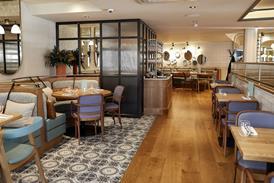TGI Fridays goes back to basics

As the once-trendy cocktail concept looks to reconnect with its New York roots, MCA considers whether this latest plan is enough rejuvenate the fatigued brand
Alternatively SUBSCRIBE for unrestricted access to all content. Contact us for more information


























